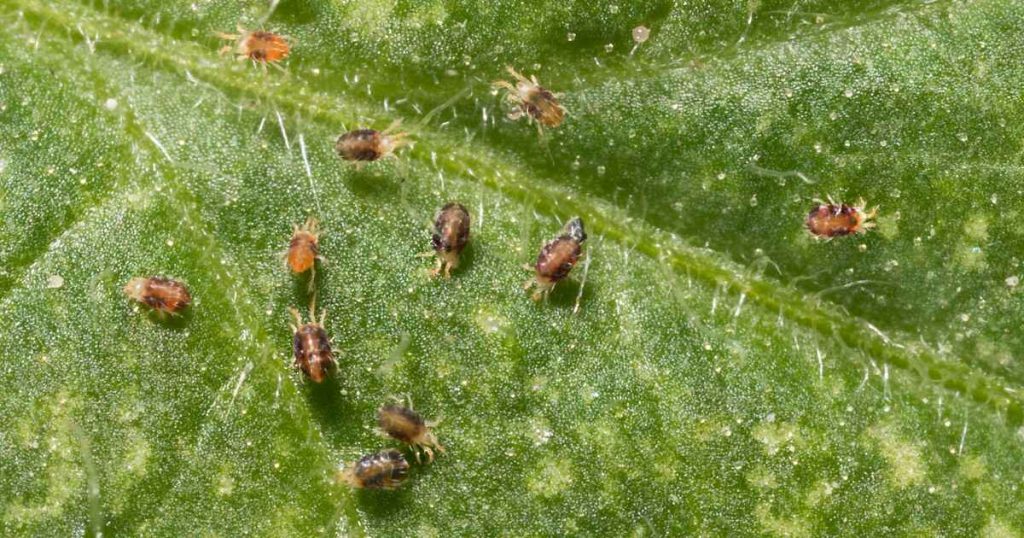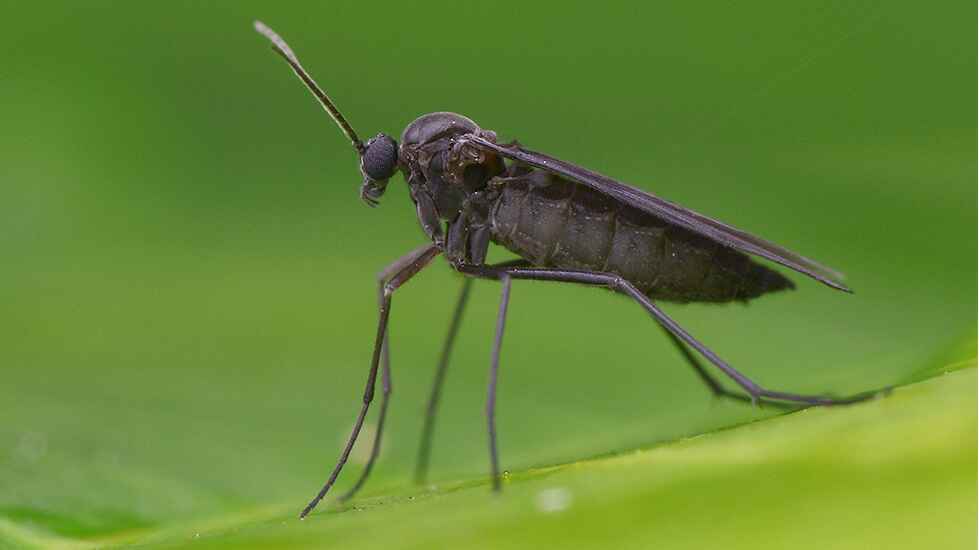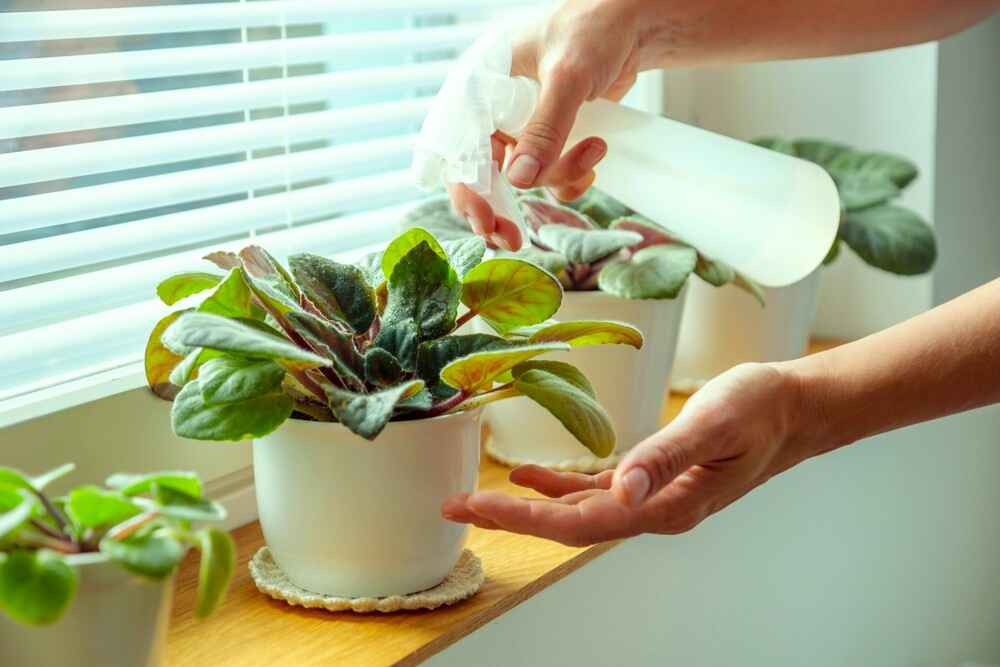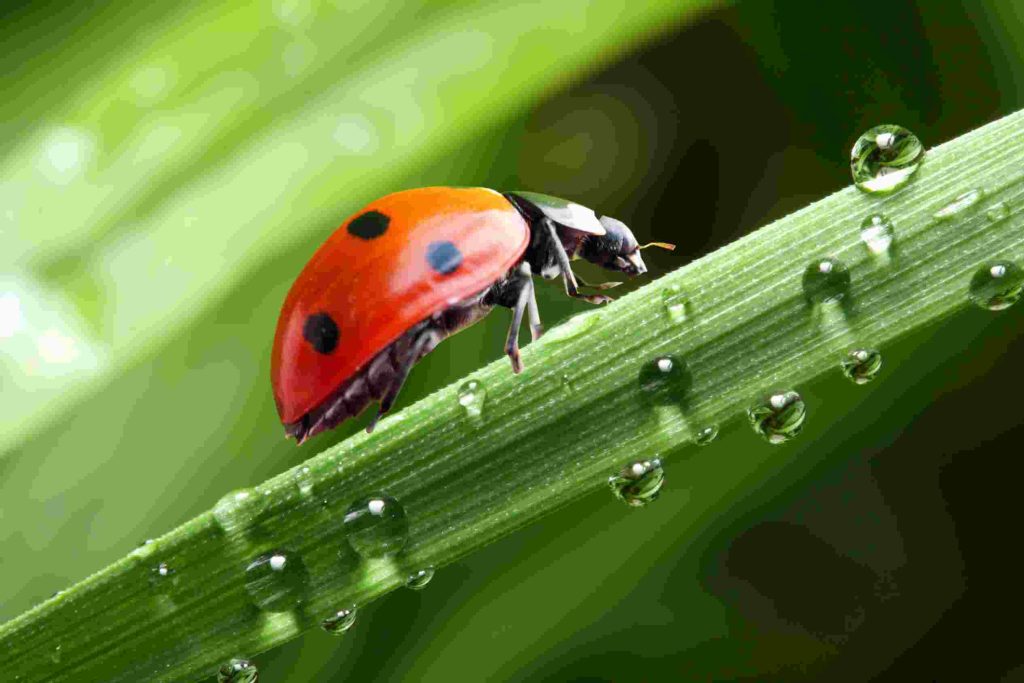Got indoor plants? Then you know just how amazing they can be. They brighten up a room, add some fresh air, and even bring a little bit of nature indoors. But there’s a downside too—pests. Yep, those tiny critters love our indoor jungles just as much as we do. And once they sneak in, they can cause all kinds of damage, from wilted leaves to stunted growth, spreading quickly if not caught early.
So, what’s the good news? With a few simple steps, you can keep these unwanted guests out of your plants’ lives for good. In this guide, we’re going to walk you through everything you need to know about identifying, preventing, and treating pests in your indoor plants. This way, you can enjoy your plants without the pest drama.
Ready to know how to prevent pests on indoor plants? Let’s dive in!
Know Your Enemies: Common Indoor Plant Pests and How to Spot Them
Before you can tackle pests, it’s super helpful to know who (or what!) you’re dealing with. Different pests bring different problems, and spotting them early can make all the difference. Here are some of the most common indoor plant pests and what to look for:
Spider Mites: These tiny guys love dry environments and are practically invisible until they form webs on leaves. If you notice a fine, dusty webbing, especially under leaves, spider mites may be the culprits.

Fungus Gnats: Got tiny flies buzzing around the soil? That’s probably fungus gnats. They thrive in moist soil, and while the adults are more of a nuisance, their larvae can damage roots.

Mealybugs: These look like small, white cottony spots on your plant’s leaves and stems. They love to suck on plant sap, weakening your plant over time.

Aphids: If you see clusters of tiny, soft-bodied bugs (often green but they can be other colors), you might have aphids. They feed on leaves and stems and can stunt growth if left untreated.

Keeping an eye out for these pests is the first step to staying pest-free. A quick weekly check can save you a lot of hassle down the road. Remember, the earlier you spot them, the easier they are to handle!
Keep Pests Out: Simple Tips to Protect Your Plants
Prevention is the best cure when it comes to indoor plant pests! By following a few easy habits, you can keep your plants healthy and pest-free. Here’s how:
- Regular Inspection: Make a habit of checking your plants once a week. Look under leaves, around stems, and at the soil. Spotting early signs of pests, like tiny webs or sticky residue, can help you act fast and stop an infestation before it starts.
- Maintain Cleanliness: Wipe down the leaves with a damp cloth every now and then. Clean leaves help plants “breathe” and make it harder for pests to settle in. Don’t forget to sweep away any dead leaves from the soil surface—pests love hiding there.
- Avoid Overwatering: Moist soil can attract pests, especially fungus gnats. Water only when the top inch of soil feels dry. Keeping a regular watering schedule helps keep soil balanced and less attractive to unwanted guests.
- Quarantine New Plants: It’s easy to bring pests home with a new plant. Keep new plants separate from the rest for a week or two, just to make sure they’re pest-free. This step is quick and can save you a ton of hassle later on.
These small steps make a big difference in keeping pests away. Plus, your plants will be happier and healthier with a little extra TLC!
Fight Back Safely: Natural Remedies for Indoor Plant Pests
If pests do show up on your plants, don’t worry—there are simple, natural ways to treat them without harming your plants or filling your home with chemicals. Here are a few easy, effective treatments to try:

- Neem Oil Spray: Neem oil is a safe and powerful solution for many pests. Mix a few drops with water, spray it on affected leaves, and let it sit. The oil disrupts pests’ growth and repels new ones while being gentle on plants. Use it once a week until the pests are gone.
- Insecticidal Soap: Insecticidal soap is a go-to for soft-bodied pests like aphids and mealybugs. You can buy it or even make your own by mixing a few drops of gentle soap with water. Spray it directly onto the pests to stop them in their tracks. Just make sure to test a small patch of your plant first!
- DIY Garlic or Peppermint Spray: Both garlic and peppermint are natural repellents. Crush a few garlic cloves or add a few drops of peppermint oil to water, then spray around the plant (not directly on it). These scents drive pests away without harming your plants.
These remedies are great because they’re easy to make, cost-effective, and safe for indoor use. Just keep an eye on your plants and reapply as needed until the pests are gone. A little natural defense goes a long way!
Nature’s Helpers: Let Beneficial Insects Join the Party
Did you know that some insects can actually help your plants instead of harming them? That’s right! Introducing beneficial insects to your indoor garden can create a natural balance and keep pests at bay. Here are a few friendly critters to consider:
- Ladybugs: These little red beetles are famous for their appetite for aphids. Just a few ladybugs can munch through a significant pest problem. You can find them at garden centers or online.
- Lacewings: Lacewing larvae, often called “aphid lions,” are excellent at eating aphids, mealybugs, and other soft-bodied pests. They’re a bit harder to find, but if you can get your hands on some, they’ll help keep your plants safe.
- Predatory Mites: If you’re dealing with spider mites, consider adding predatory mites to your indoor garden. They feed on spider mites and can keep their populations in check.

To attract these helpful insects, make sure your plants are healthy and well-cared for. You can also provide small flowers for them to feed on, creating a welcoming environment.
Using natural predators is a gentle way to manage pests while supporting a thriving ecosystem in your indoor garden. Just remember to be patient; it may take some time for these little helpers to make a noticeable impact. Your plants will thank you!
Stay Ahead: Long-term Strategies for a Pest-Free Indoor Garden
Keeping pests away from your indoor plants is all about creating a healthy environment. By following these long-term strategies, you can help ensure your plants stay happy and pest-free for years to come:
- Healthy Soil and Environment: Start with high-quality, pest-free soil and clean pots. Healthy plants are less likely to attract pests. Make sure to refresh the soil regularly and use pots with good drainage to prevent water buildup.
- Adjust Humidity Levels: Many pests thrive in high humidity, so it’s important to find the right balance. If your home is too humid, consider using a dehumidifier or placing a fan nearby to improve air circulation. This keeps your plants dry and less inviting to pests.
- Rotate Pesticides: If you use any mild pesticides, remember to rotate them. This means switching between different types to prevent pests from developing resistance. Use natural options whenever possible to keep things safe for you and your plants.
- Proper Plant Care: Regularly check for signs of stress in your plants, such as yellowing leaves or drooping stems. Healthy plants are less susceptible to pest infestations. Make sure they get the right amount of sunlight, water, and nutrients.
By focusing on these long-term prevention strategies, you can create a thriving indoor garden that resists pests naturally. Consistent care goes a long way in keeping your plants healthy and happy!
Conclusion
Congratulations! You’re now armed with all the knowledge you need to keep pests away from your indoor plants. By identifying common pests, following preventive tips, using natural remedies, and encouraging beneficial insects, you can create a thriving, healthy environment for your plants.
Remember, regular checks and a little TLC go a long way in keeping your plants happy. Don’t be discouraged if pests show up sometimes; it happens to the best of us! Just use the strategies we discussed, and you’ll be well on your way to a pest-free paradise.
Now it’s time to put these tips into action. Enjoy your gardening journey and watch your indoor plants flourish. Happy planting!
FAQs About Indoor Plant Pests
Got questions? Don’t worry! Here are some common queries about indoor plant pests, along with helpful answers to keep your plants healthy and thriving.
- Why do my plants keep getting spider mites?
Spider mites love dry conditions and can quickly take over if your plants are stressed. Make sure your plants get enough humidity and avoid letting the soil dry out completely. - Can I use essential oils to repel pests?
Yes, essential oils like peppermint and eucalyptus can be effective against some pests. Just be sure to dilute them with water and test a small area first to ensure they don’t harm your plants. - How often should I check for pests?
It’s a good idea to inspect your plants at least once a week. Regular checks help you spot any problems early and take action before they become serious. - Is it safe to use pesticides indoors?
Yes, but be cautious! Look for organic or natural pesticides that are specifically labeled safe for indoor use. Always follow the instructions and avoid spraying when people or pets are nearby.
These FAQs cover some of the most common concerns about indoor plant pests. If you have more questions, feel free to reach out to fellow plant lovers or do a bit of research. Remember, staying informed is key to keeping your indoor garden healthy!
